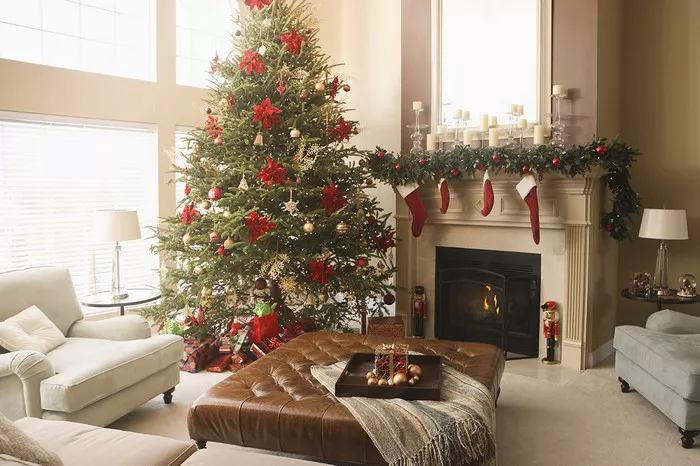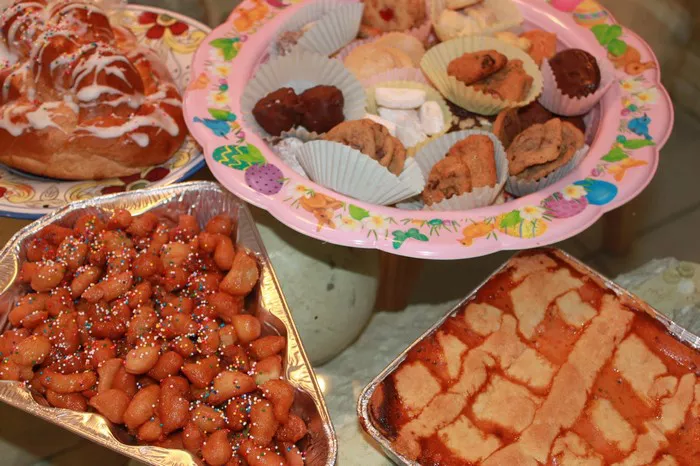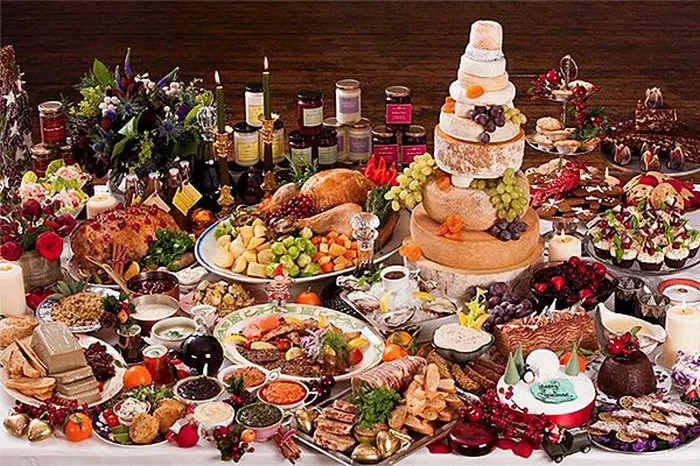As the holiday season approaches, homes and streets alike transform into vibrant displays of festive cheer. Christmas decorations play a significant role in setting the mood for this joyous time of year. From sparkling lights to ornate ornaments, each element contributes to the enchanting ambiance of the season. In this article, we delve into the world of traditional Christmas decorations, exploring their origins, symbolism, and enduring popularity.
1. Christmas Trees: A Time-Honored Tradition
No symbol is more synonymous with Christmas than the evergreen tree. The tradition of decorating trees dates back centuries, with origins rooted in ancient pagan rituals celebrating the winter solstice. In medieval Europe, evergreen trees were adorned with apples, candles, and other ornaments to symbolize life and light during the darkest days of the year.
The modern Christmas tree as we know it gained popularity in the 19th century, thanks in part to Queen Victoria and Prince Albert, who popularized the tradition in Britain. Today, the Christmas tree takes center stage in homes around the world, adorned with lights, tinsel, and an array of decorative baubles.
2. Twinkling Lights: Illuminating the Night
Few sights evoke the magic of Christmas quite like the soft glow of twinkling lights. Whether strung along the branches of a tree or adorning the eaves of a house, Christmas lights add a sense of warmth and wonder to any space. The tradition of illuminating homes with candles dates back to the 17th century, but it wasn’t until the invention of electric lights in the late 19th century that elaborate light displays became feasible.
Today, LED lights in an array of colors and designs allow for endless creative possibilities, from classic white lights to festive multicolored displays. Whether sparkling in sync to holiday music or casting a gentle glow over a winter landscape, Christmas lights are a quintessential part of the holiday season.
3. Ornaments: Trinkets of Tradition
From delicate glass baubles to handcrafted heirlooms, ornaments are cherished symbols of Christmas tradition. The practice of decorating trees with ornaments can be traced back to 16th-century Germany, where fruits, nuts, and other natural elements were used to adorn evergreen branches.
Over time, the tradition evolved, giving rise to an endless array of ornaments crafted from glass, wood, metal, and other materials. From traditional symbols like angels and stars to whimsical characters like Santa Claus and reindeer, ornaments come in all shapes and sizes, each carrying its own special meaning.
SEE ALSO: What Are the 13 Desserts Served at Christmas
4. Wreaths: Welcoming Symbols of the Season
Adorning doors and mantels with festive wreaths is a time-honored tradition that dates back to ancient Rome. In Roman times, wreaths made from evergreen branches were used to celebrate the winter solstice and ward off evil spirits. Over time, the tradition spread throughout Europe, where wreaths became synonymous with Christmas.
Today, Christmas wreaths come in a variety of styles, from simple evergreen circles adorned with bows and berries to elaborate designs featuring ornaments, pinecones, and even lights. Hanging a wreath on the front door is a symbol of welcome and hospitality, inviting guests to share in the joy of the season.
5. Nativity Scenes: Capturing the Spirit of Christmas
At the heart of the Christmas story is the nativity, depicting the birth of Jesus Christ in Bethlehem. Nativity scenes, also known as creches, have been a cherished Christmas tradition for centuries, dating back to the 13th century in Italy.
Traditionally, nativity scenes feature figures representing the Holy Family, as well as angels, shepherds, and the Three Wise Men. The scene is often set against a backdrop of Bethlehem, with animals such as sheep and oxen completing the tableau. Nativity scenes come in a variety of sizes and styles, ranging from simple wooden sets to elaborate handcrafted displays.
6. Stockings: A Tradition of Surprise
The tradition of hanging stockings by the fireplace dates back to the legend of St. Nicholas, who was said to have left gifts in the stockings of three poor sisters. Today, hanging stockings is a beloved Christmas tradition, with children eagerly awaiting the arrival of Santa Claus.
Stockings are often hung on Christmas Eve, filled with small gifts, candies, and treats to be discovered on Christmas morning. Whether hung by the fireplace or at the foot of the bed, stockings are a whimsical reminder of the magic of Christmas.
Conclusion
In the hustle and bustle of the holiday season, Christmas decorations serve as a reminder of the joy and wonder that surrounds us. From the twinkling lights that illuminate the night to the cherished ornaments that adorn our trees, each decoration carries with it a sense of tradition and nostalgia.
As we gather with loved ones to celebrate the season, let us take a moment to appreciate the beauty and significance of these timeless symbols of Christmas. Whether simple or elaborate, traditional decorations have a way of bringing us together and filling our hearts with the spirit of the season.
Related Topics:






















